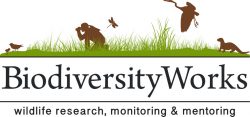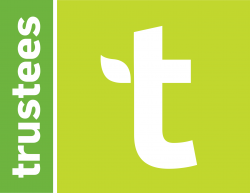Explore Species Lists
Catalogs of Martha's Vineyard species in selected taxonomic groups.
Species ListsExplore Observations
The Martha's Vineyard Atlas of Life Project in iNaturalist compiles observations from across the Island and surrounding waters, contributed by people like you.
Recent ObservationsRecent Discoveries
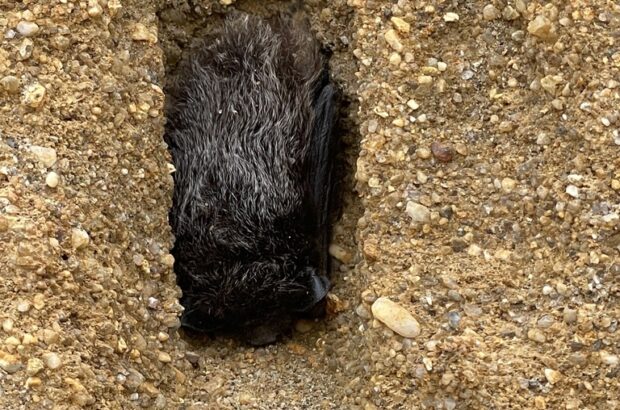
Eroding Cliffs Offer Migratory Bats a Roost
A stunning observation of a silver-haired bat roosting in an eroded chimney in the cliff at Lucy Vincent Beach, Chilmark, Massachusetts.
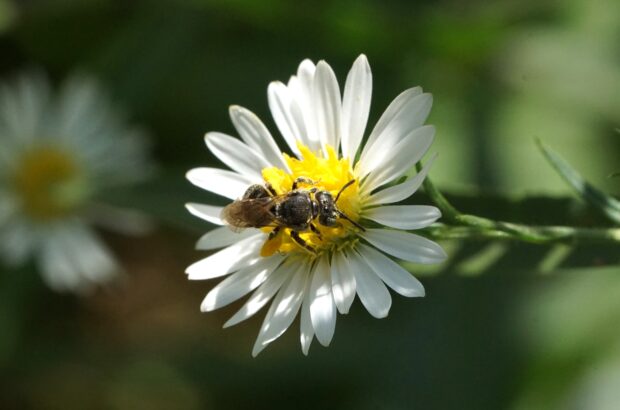
Protandrena compositarum
Protandrena compositarum, a small, specialized bee associated with aster flowers, has been documented for the first time on Martha’s Vineyard.
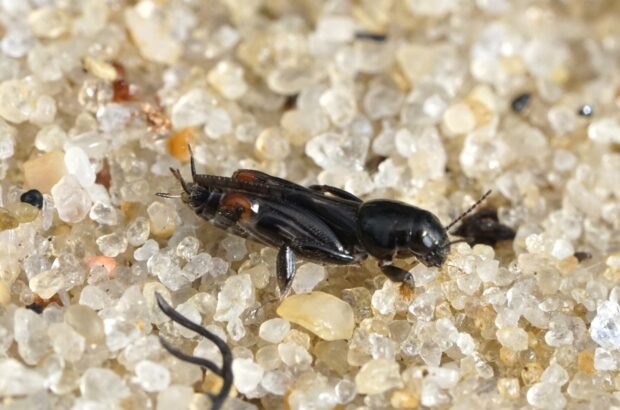
Neotridactylus apicialis
Neotridactylus apicialis, the larger pygmy mole grasshopper, has been documented on Martha’s Vineyard – the 69th species of Orthoptera known from the island.
News

2024 Martha’s Vineyard Christmas Bird Count
Held in unseasonably mild weather on December 29, 2024, the 65th annual Martha’s Vineyard Christmas Bird Count tallied 129 species and 21,408 individual birds.
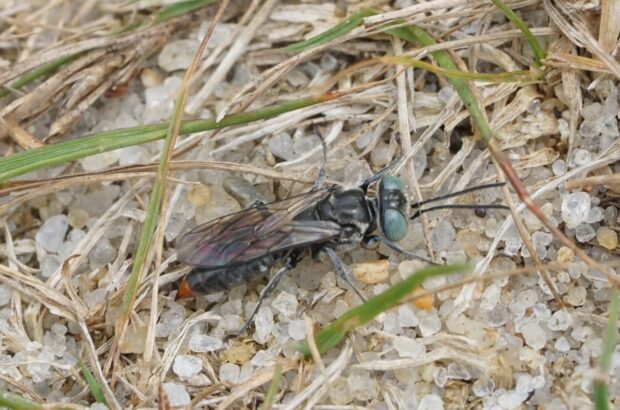
2024 MVAL Year in Review
2024 was a great year for the Martha’s Vineyard Atlas of Life, with a range of successful events, important research projects, growing use of the iNaturalist platform, and a wealth of important plant and animal discoveries.
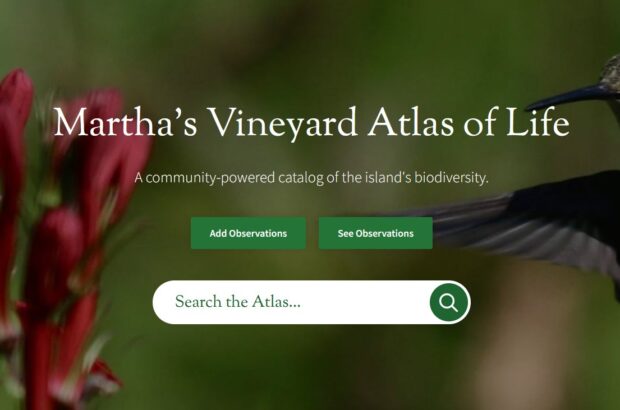
MVAL Adds New “Data Explorer”
The MVAL website has added a powerful new tool for exploring Martha’s Vineyard natural history records: an easy-to-use “data explorer” that searches the huge Global Biodiversity Information Facility database.
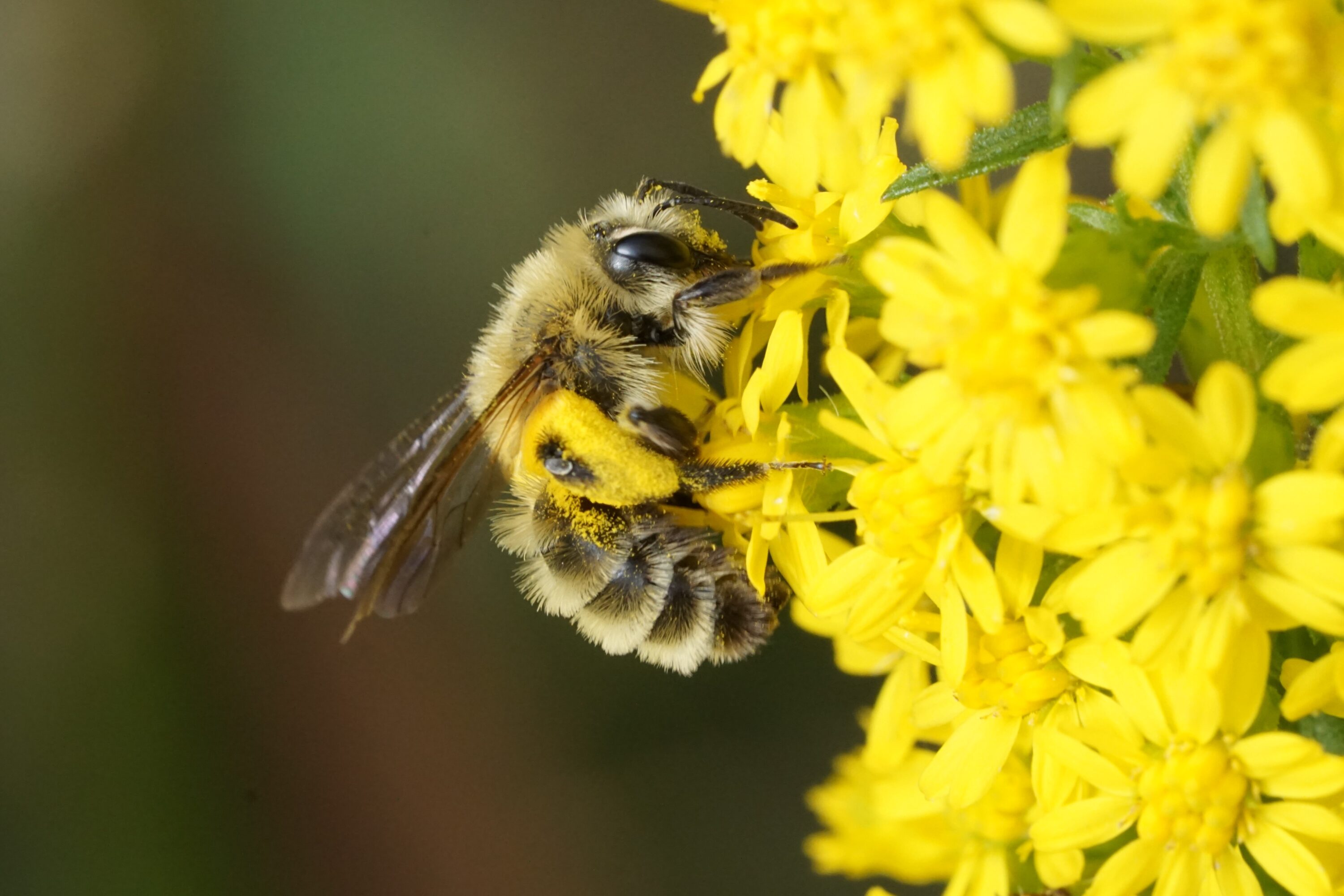
Focus on Bees!
Nearly 200 species of bees are known from the Vineyard, exhibiting a wide range of life histories and ecological associations. Fall is a great time to learn about these fascinating insects, which are critical to our environment and easy to find and observe: many late-season species associate with the goldenrod flowers that are so abundant at this time of year.
Keep ReadingShare Your Observations: Links to Community Science Platforms

iNaturalist
Searchable database of photographs and sound recordings, with more than 100 million observations contributed by more than 5 million users worldwide. Observations from Martha’s Vineyard automatically add to the Martha’s Vineyard Atlas of Life project.
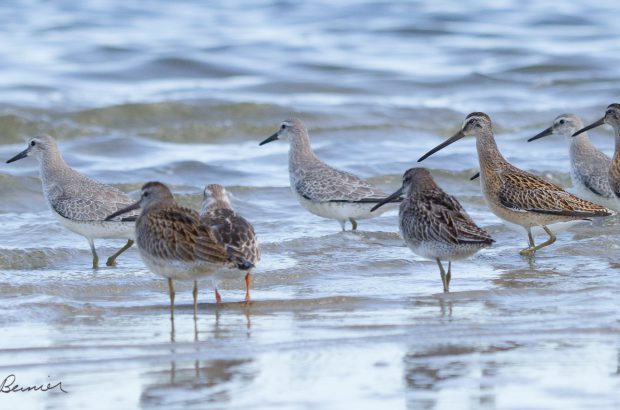
eBird
Keep your bird lists and make your sightings available to researchers with this platform developed by the Cornell Lab of Ornithology. eBird compiles more than 100 million bird sightings annually.
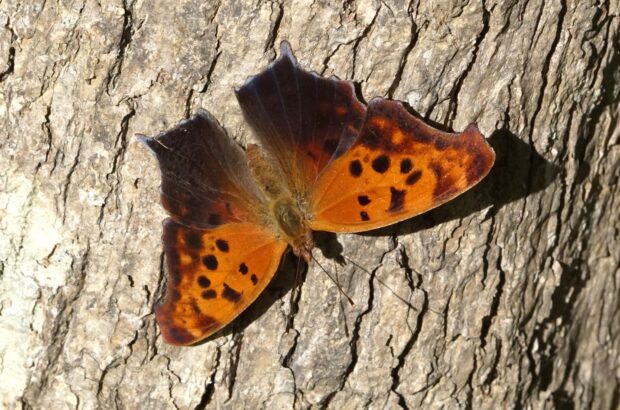
eButterfly
Help advance butterfly science and conservation by contributing your sightings to this international project. Keep your personal records and explore sightings from other observers.
